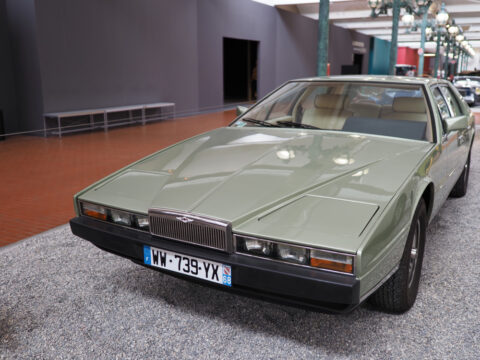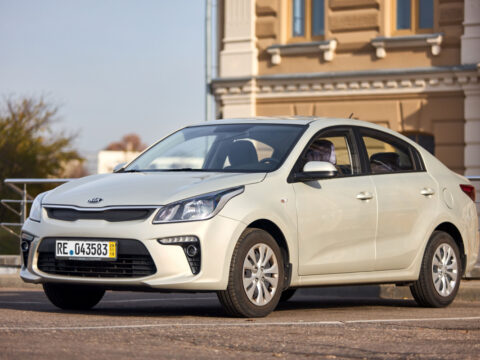As cars become more advanced, automakers continue to add high-tech features meant to enhance the driving experience. However, not all of these innovations have lived up to their promises. In fact, many of them turned out to be more trouble than they’re worth. Here are 20 high-tech car features that ended up being surprisingly useless.
Contents
Gesture Control Systems
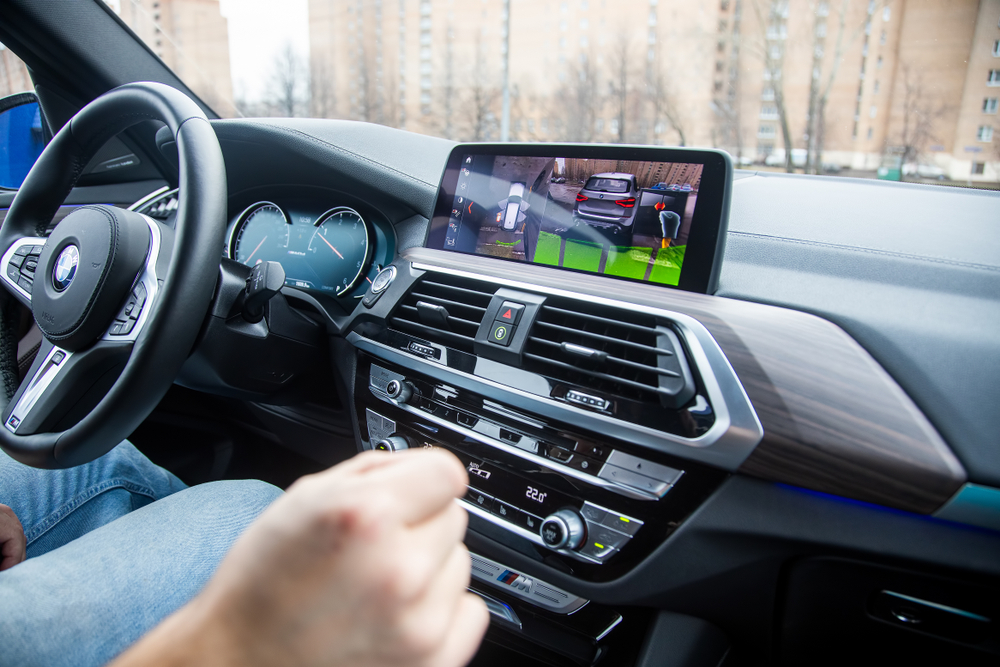
Gesture control systems were introduced to simplify in-car interactions, allowing drivers to control functions like audio or navigation with a wave. However, the technology often misreads hand movements, leading to incorrect commands or unintentional adjustments. In most cases, using physical buttons or voice controls is more efficient and reliable. As a result, many drivers find gesture controls more of a distraction than a helpful tool.
Automated Parking Assist
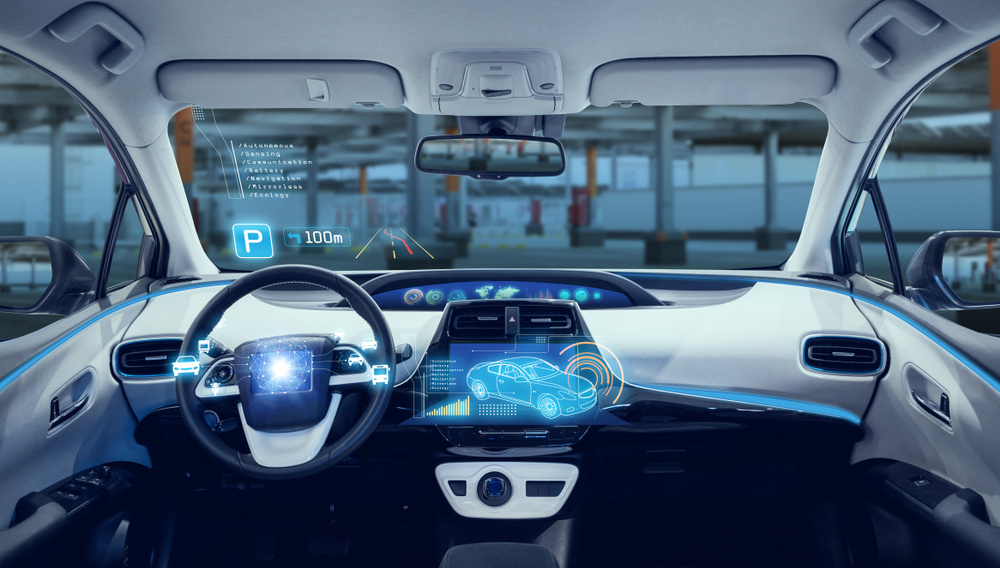
Automated parking assist promised to make parallel parking a breeze, but it often struggles with real-world conditions like tight spots or poor weather. While impressive in theory, the system’s inconsistency leaves many drivers anxious, especially when it hesitates or fails to park correctly. Consequently, most people find themselves manually intervening to complete the parking process. Despite its high-tech allure, it hasn’t become a must-have feature.
Voice-Activated Commands

Voice-activated systems were designed to keep drivers’ hands on the wheel by allowing them to control features through spoken commands. Unfortunately, many of these systems have trouble understanding accents or speech in noisy environments, resulting in frequent miscommunications. Drivers often resort to manual inputs after several failed attempts, negating the convenience.
Rear-Seat Entertainment Systems

Once seen as a family-friendly addition, rear-seat entertainment systems are now overshadowed by personal devices like smartphones and tablets. These in-car systems tend to be slow and lack the versatility offered by modern streaming services. Moreover, the cost of including these systems often outweighs their actual utility. Families today prefer using their portable gadgets, making rear-seat systems a thing of the past.
Head-Up Displays (HUDs)
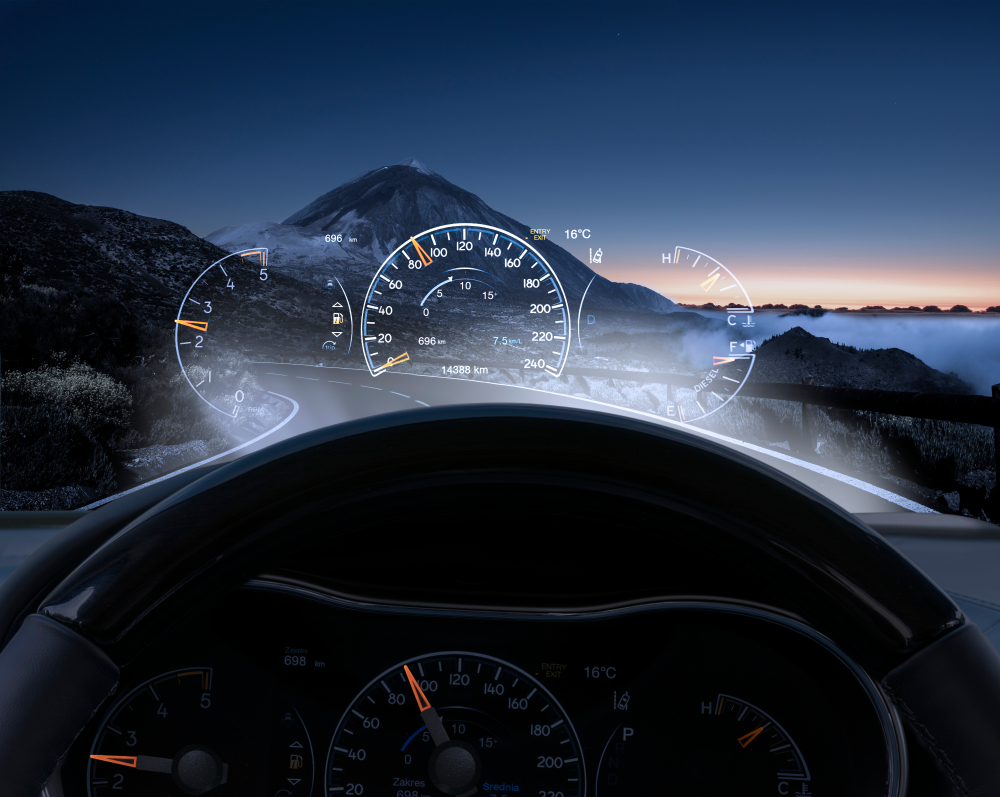
Head-up displays were designed to project essential driving information onto the windshield, keeping the driver’s eyes on the road. While useful in theory, many drivers find the display distracting, especially in bright conditions or while wearing polarized sunglasses. The data shown is usually redundant, as it’s available on the dashboard. After the initial novelty fades, most people stop relying on HUDs altogether.
Lane-Keep Assist

Lane-keep assist was intended to improve safety by helping drivers stay within their lanes, but its execution has been problematic. The system often issues unnecessary corrections on winding roads or in construction zones, causing more frustration than assistance. Drivers tend to switch it off after encountering these inconveniences.
In-Car Wi-Fi
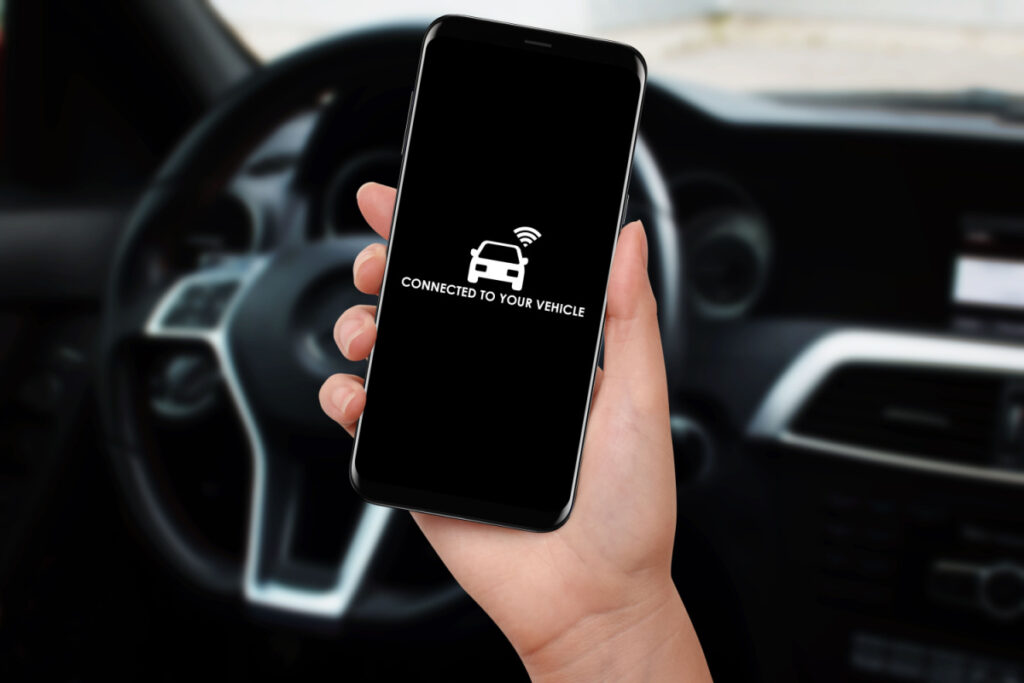
The promise of in-car Wi-Fi was to give passengers a seamless internet experience during long drives. However, the slow speeds and spotty connections often fail to meet expectations. Most passengers already use their smartphones with reliable cellular data, making this feature redundant. Given the extra cost, it hasn’t become the game-changer it was hyped to be.
Electronic Parking Brake
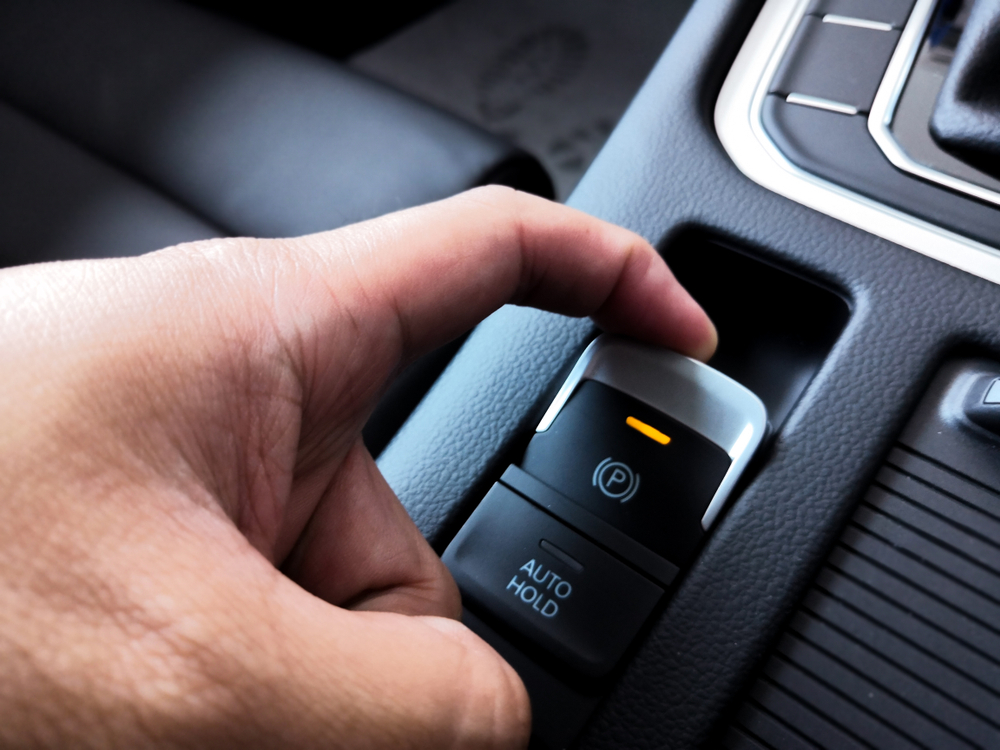
Replacing the traditional handbrake with an electronic version might seem like progress, but it often complicates simple tasks. In an emergency, the tactile response of a manual brake offers better control. Additionally, electronic brakes can suffer from malfunctions, leaving drivers vulnerable in critical situations. Many still prefer the reliability of the traditional handbrake, deeming the electronic version unnecessary.
Night Vision Assist
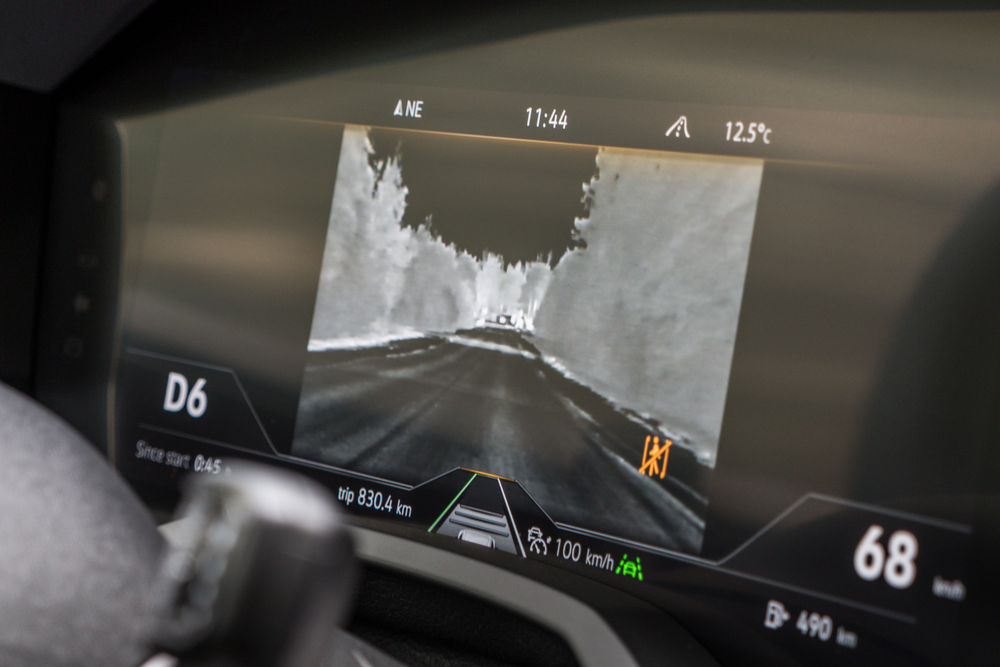
Night vision assist was designed to enhance visibility in low-light conditions, but its real-world application has been limited. The system’s range is short, and it often doesn’t provide enough critical information to make it truly useful. Regular headlights and high beams typically suffice for most driving needs. For many, night vision is an expensive feature with little practical value.
Gesture-Controlled Sunroofs
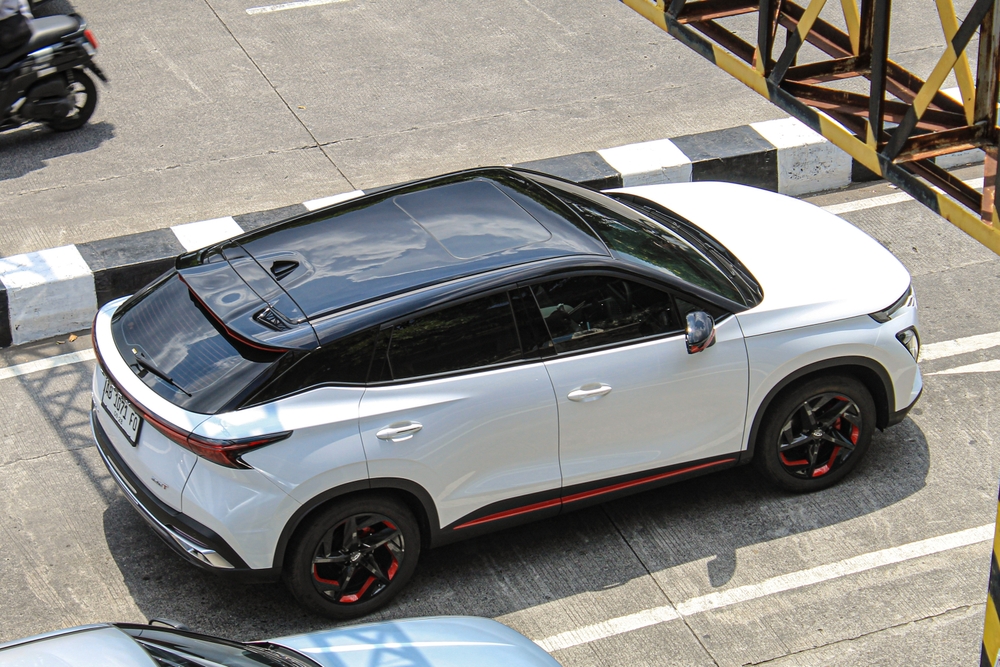
The ability to control your sunroof with a simple hand gesture was marketed as futuristic, but in reality, it’s more cumbersome than using a button. The sensors often fail to register the correct movements, leading to frustration and unintended sunroof operations. Given how intuitive buttons are, most drivers see this feature as unnecessary. It’s a solution to a problem that didn’t exist.
Eco Driving Modes
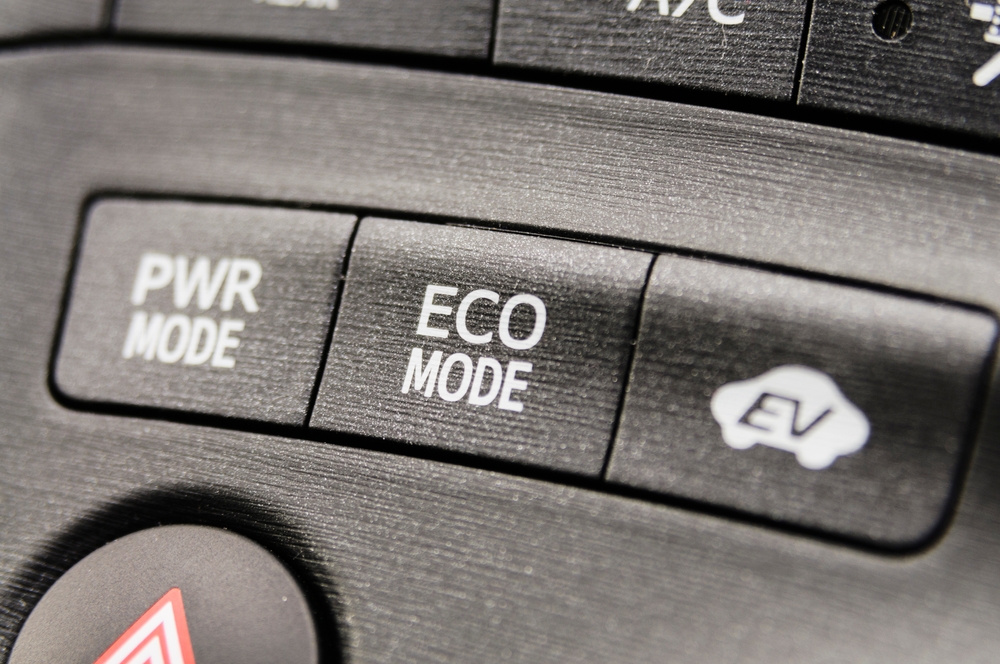
Eco driving modes claim to enhance fuel efficiency by reducing throttle response and adjusting engine settings. However, many drivers find that the performance trade-off isn’t worth the marginal savings in fuel. The sluggish response makes city driving frustrating, especially when merging or overtaking. As a result, most drivers prefer to stick with normal or sport modes, rendering eco mode largely irrelevant.
Adaptive Cruise Control
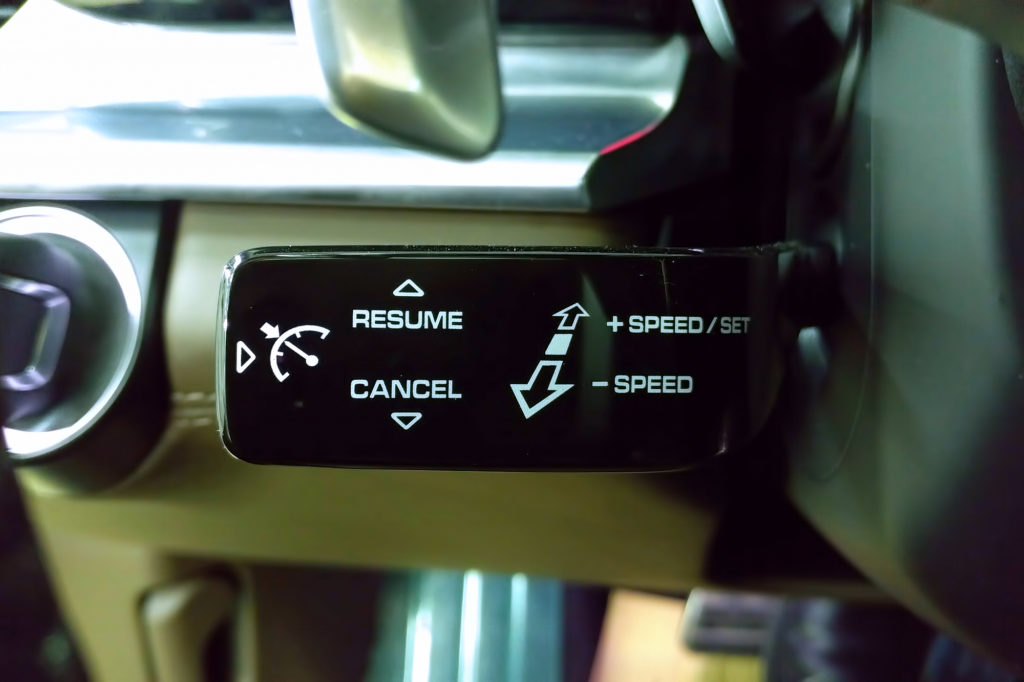
While adaptive cruise control adjusts your speed based on traffic flow, it tends to overreact, especially in stop-and-go situations. Sudden braking and slow acceleration make for an uncomfortable ride, prompting many drivers to switch back to manual control. Although it works better on highways, its limitations in city traffic have kept it from becoming widely adopted. Manual control remains the preferred choice for many.
Automatic High Beams
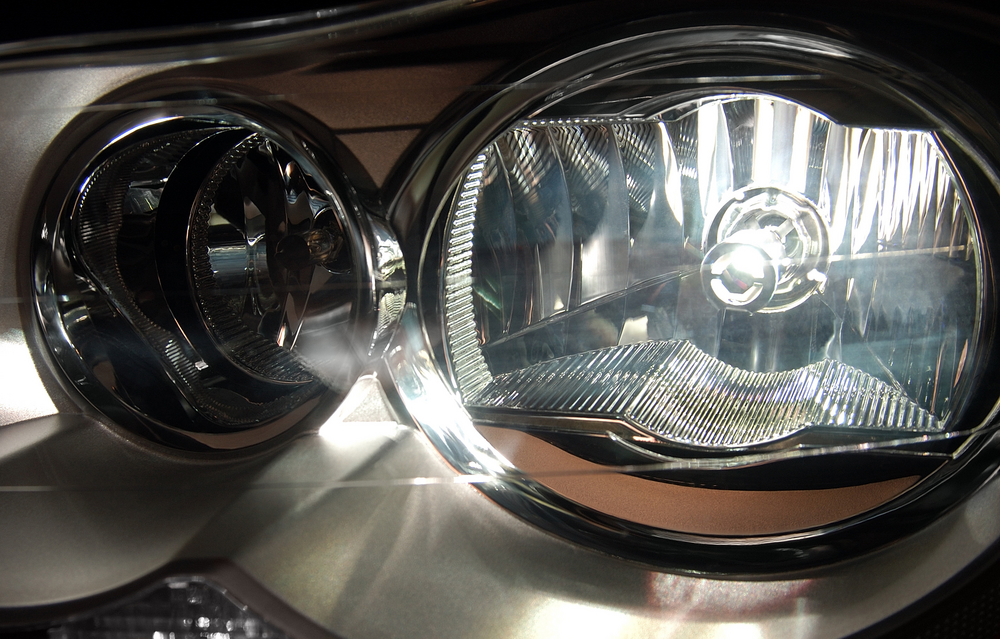
Automatic high beams were introduced to take the hassle out of adjusting headlights at night, but their delayed response can be a real issue. The system often fails to switch back to low beams quickly enough, causing glare for oncoming drivers. In areas with a lot of streetlights or passing cars, this feature becomes more of a hindrance than a help. Many drivers opt to manually control their lights for better safety.
Rain-Sensing Wipers
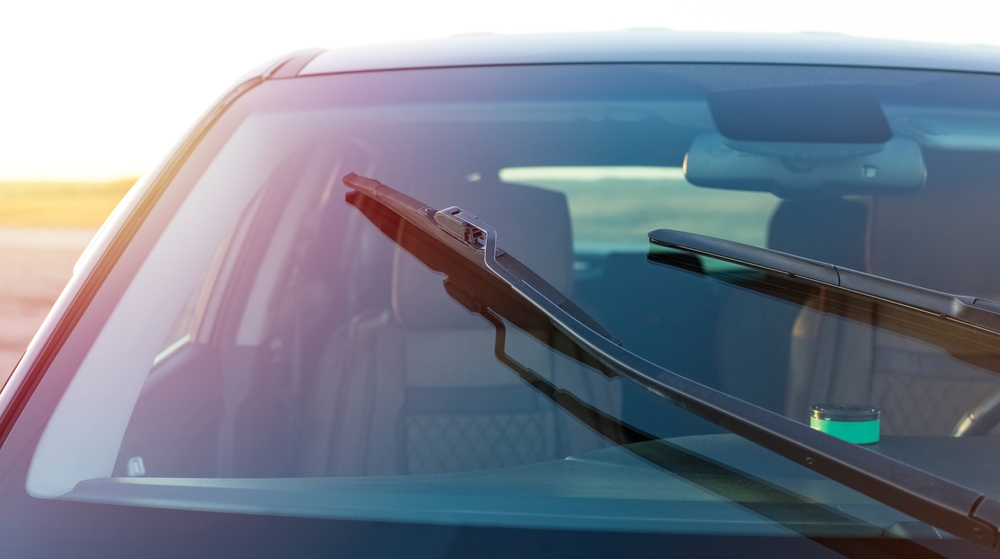
Rain-sensing wipers adjust their speed based on how heavy the rainfall is, but they frequently misjudge conditions. Light rain or mist can confuse the sensors, causing either too much wiping or not enough. Inconsistent performance means that drivers often resort to manual adjustments, defeating the purpose of the feature. Traditional wiper controls are typically more reliable and preferred by most.
Remote App Control

Many modern vehicles offer smartphone apps that allow you to control features like remote start, unlock, or locate the car. While convenient, these apps often suffer from slow loading times, poor connectivity, and frequent bugs. Most drivers find the apps too cumbersome for regular use, especially when the same functions can be performed faster with a key fob. The promised convenience often falls short.
Automatic Seat Massagers
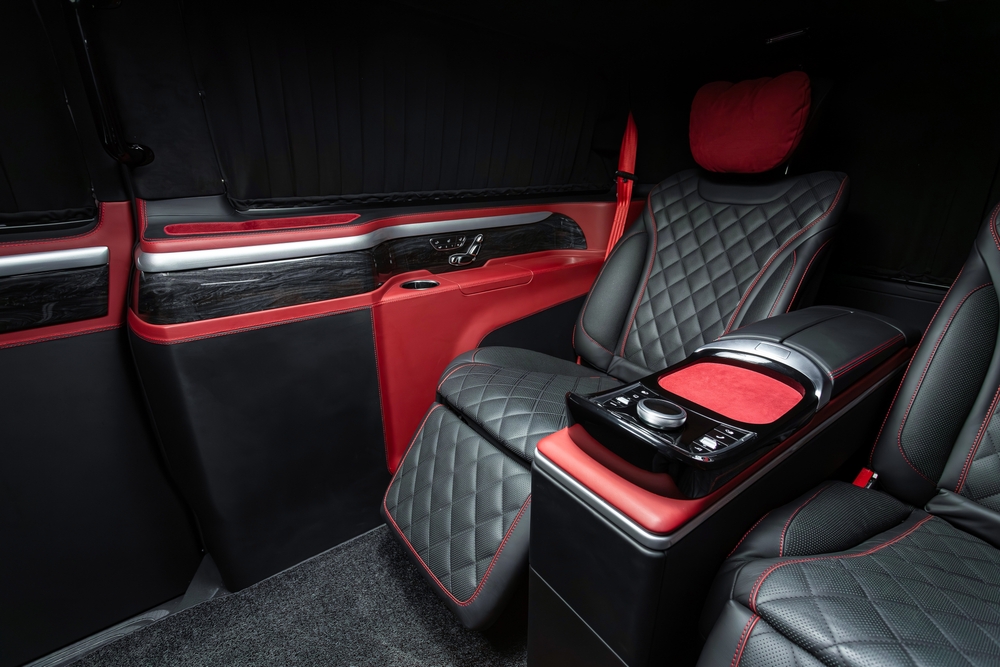
Automatic seat massagers were meant to add comfort to long drives, but many find the massage to be too weak or distracting. Instead of enhancing comfort, the constant movement can become irritating. Given its underwhelming performance, most drivers prefer to turn off the feature altogether. The cost of this added luxury doesn’t match the actual benefits.
Electronic Door Handles
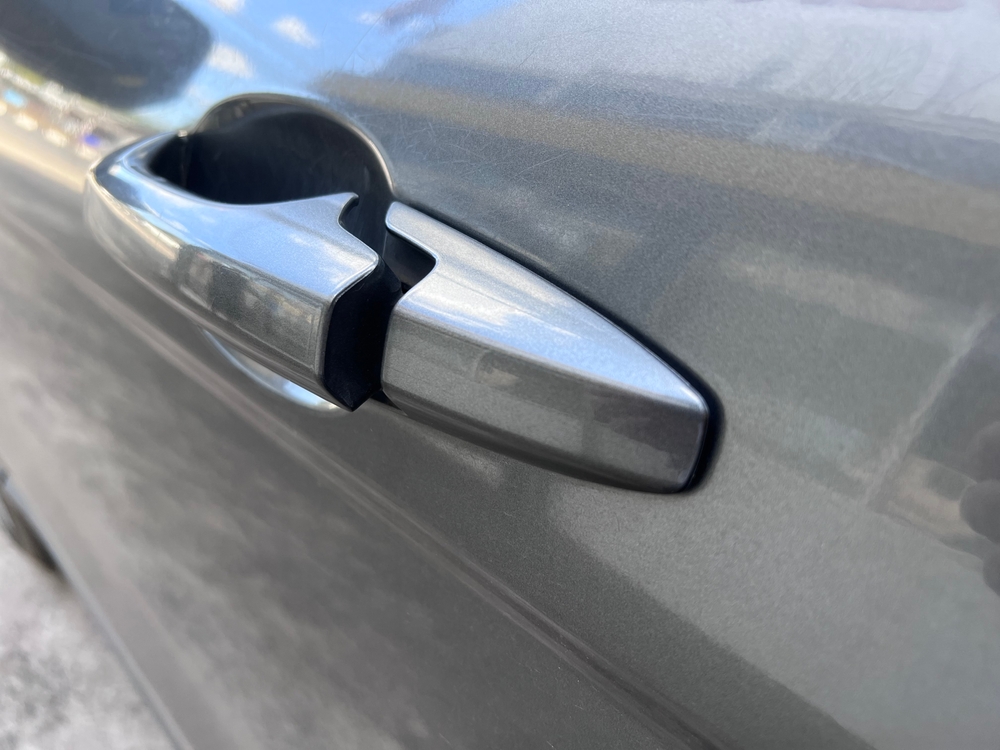
Electronic door handles are designed to pop out or unlock as you approach the car, but they often malfunction or freeze in colder climates. Traditional handles are simpler and more reliable, especially in extreme weather. When these high-tech handles fail, it can leave drivers locked out or struggling to open the door. Many view this innovation as more of a headache than an upgrade.
Customizable Ambient Lighting
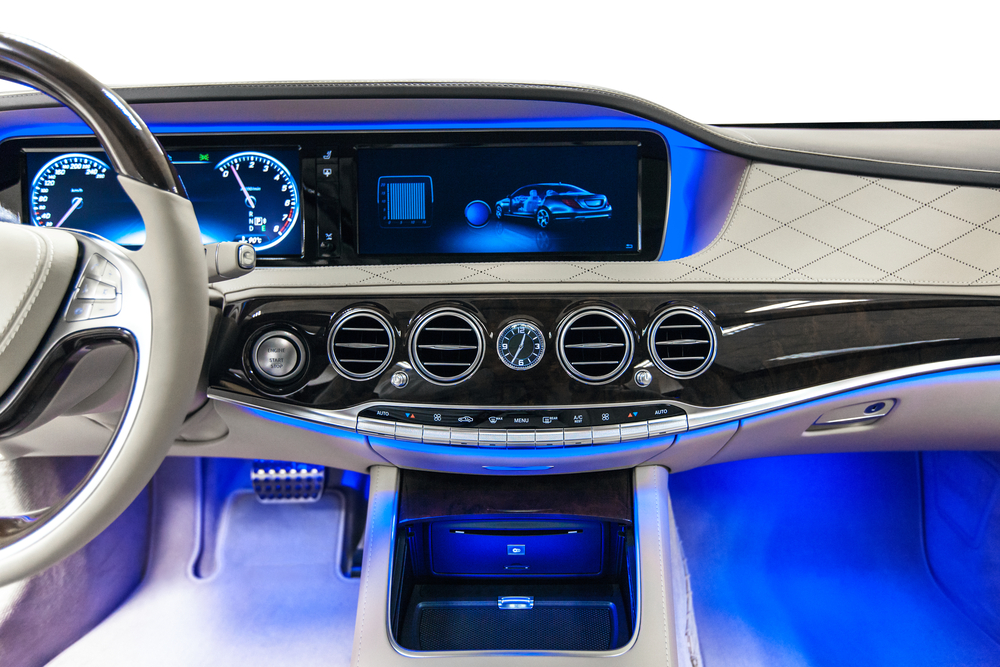
Customizable ambient lighting lets drivers personalize the color and intensity of interior lights, but its appeal is mostly superficial. While it may look cool, it doesn’t offer any real functional advantage. Once the novelty fades, most drivers stick to a single setting or ignore it completely. It’s an aesthetic feature that adds little to the overall driving experience.
This article originally appeared in MyCarMakesNoise.
More from MyCarMakesNoise
20 Rare Ford Trucks You Won’t Believe Exist

Ford has a long history of producing reliable and versatile trucks, but some models are less well-known than others. These unique Ford trucks stand out for their rare designs, limited production runs, or innovative features. Read More.
15 Breakthroughs Making Aviation More Eco-Friendly

As the world shifts towards sustainability, the aviation industry is making significant strides to reduce its environmental footprint. From groundbreaking technologies to innovative practices, the top 15 advances in green aviation are transforming how we fly. Read More.
Top 25 Motorbikes Engineered for Ultimate Speed and Precision

When it comes to motorbikes, speed and precision are often the ultimate goals for riders who crave performance. The following list highlights the top 25 motorbikes that have been meticulously engineered to deliver unparalleled speed and razor-sharp handling. Read More.

